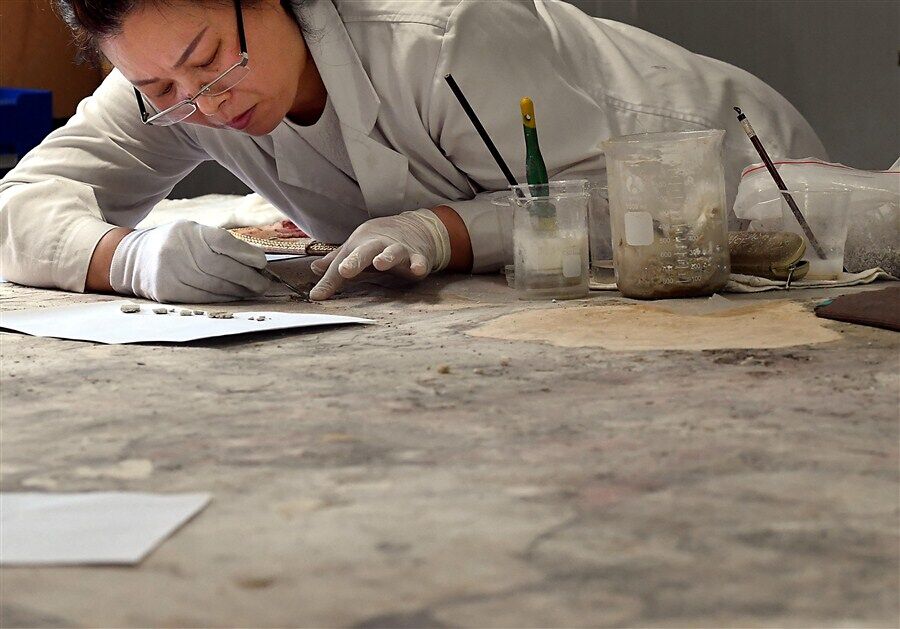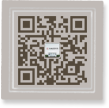- 中文
- EN
- Français
- 日本語
- 한국어
- 繁體中文
‘Mural Beauticians’ Revive the Ghosts of the Past

“Mural beautician” Xue Feng tries to piece together the fallen chips from the mural that nearly disintegrated on the chamber walls. — All photos by Xinhua
THE Luoyang Ancient Art Museum (formerly Luoyang Ancient Tombs Museum) in Henan Province has a display of 22 Chinese ancient tombs dating back more than 2,000 years.
Covering almost 3 hectares, the museum houses more than 500 items, including inscribed stone slabs, burial objects and a sand map showing the distribution of Han Dynasty (206 BC-AD 220) tombs.
The exhibits are displayed on two floors above the ground and one underground.
Highlights include the murals from the Western Han Dynasty (206 BC-AD 24) to the Northern Song Dynasty (960-1127). Those eye-catching pieces depict the deities and demons, fairy tales, folk stories, diagrams of astronomical phenomena and scenes of family life and social activities of the tombs’ occupants.
Over the years, the paintings on the walls deteriorate. Some flake; others crack, blister, smudge and get graffiti.
Restoration has been going on since 1987, thanks to a group of “mural beauticians.”
Wearing white uniforms like those of the doctors, they use needles, knives and tweezers to examine and treat the degraded murals.
Monitoring the micro-climate around the paintings is also crucial in saving the works.
The Restoration Center of Luoyang Ancient Art Museum has 18 experts.
It takes care and patience to bring a work back and restore it. It can take an entire day to fix only one small piece the size of a palm.
The team has also been invited to the Guici Grottoes in the Xinjiang Uygur Autonomous Region and Dazu Rock Carvings in Chongqing to restore artworks.



